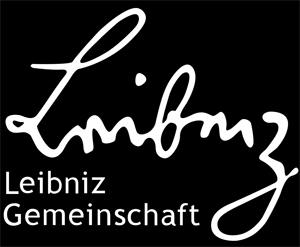The III-V semiconductor materials gallium arsenide and indium phosphide stand out due to their extremely high electron mobility, frequencies in the THz range, and short latency. In addition, they have a direct band gap, which allows them to emit light in a wide wavelength range. Those electronic and optical properties make them highly attractive candidates for the next-generation devices in 5G & 6G applications. They not only meet the requirements for increased data rates and higher performance, but also enable important functions such as real-time transmission.
Integration of III-V materials on well-established, low-cost silicon-based (Si) CMOS technologies is necessary to further optimize the functionality and to ensure the cost-effectiveness of the new devices/technology. The current integration approach pursues the direct epitaxial growth of III-V layers on Si substrates. However, misfit dislocations caused by the large differences in the lattice constants of III-Vs and Si hinder the effective use of this method. On the other hand, the bonding of single crystals on the substrate has an advantage in the structural quality over heteroepitaxially grown layers: The single crystals can be grown, independent of the substrate to be bonded, in high structural perfection, either quasi defect-free or with tailored dislocations.
In cooperation with the Leibniz Institute IHP - Innovations for High Performance Microelectronics, a transfer process will be developed which enables the bonding of individual III-V platelets with a thickness of a few micrometers on Si substrates. This will open up an approach for the integration of thin, single-crystalline III-V platelets into a CMOS technology with a high scaling potential. The 4-inch III-V single crystals are to be grown at the IKZ using the VGF (vertical gradient freeze) technology by homogenizing the electrically conducting melt with a travelling magnetic field. The properties of the bulk crystals will be optimized specifically for the subsequent separation steps and bonding processes.
IHP conducts research and development on silicon-based systems, including new materials. One of their core technologies is the Electronic-Photonic Integrated Circuit (EPIC) technology, which combines electronic with photonic devices on a single chip and requires a laser source for future applications. Therefore, IHP is pursuing different concepts for the integration of laser-active III-V materials. Hence, the development of a new integration approach, starting from high quality single crystals is of great scientific and economic interest for the institute.
By combining the expertise of IKZ (crystal growth, basic research) and IHP (application-oriented technology research), a new integration approach for the next generation of devices will be realised. The IKZ will be responsible for III-V bulk crystal growth for special applications, crystal processing, and material characterization. Aims of the IHP will be transfer and Si systems. For an optimal knowledge exchange, Dr. Karoline Stolze from IKZ (junior research group leader "III-V Semiconductors for 5G & 6G") already has a guest scientist status at IHP, so the new research topic can be initiated through a close cooperation. Once the pandemic-related circumstances become better, the joint exchange of practical experiences can start on site at IHP.
Further information:
Radhakrishnan Sumathi
Karoline Stolze
Christiane Frank-Rotsch
Section Semiconductors


